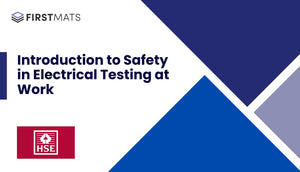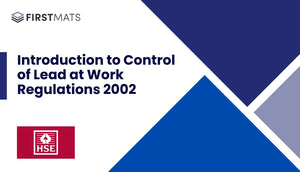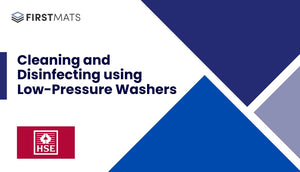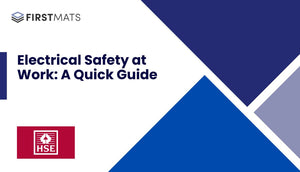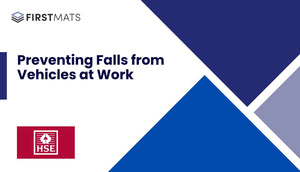Article Index:
Executive Summary of the HSE Report: Waste Industry Safety Statistics in Great Britain, 2022
The Health and Safety Executive (HSE) recently released a comprehensive report on the waste industry safety statistics in Great Britain for the year 2022. The following article summarises the key findings from this report.
1. Annually 5000 Workers Suffer from Work-Related Ill Health
This assessment is based on the average data from the nine-year period 2013/14-2021/22. These cases of ill health are either new or long-standing. The data was sourced from the Labour Force Survey (LFS).
2. One Fatal Injury to a Worker in 2021/22
This number is in comparison with an average of 5 fatalities annually for the 2017/18-2021/22 period. The nature of statistical probabilities makes these numbers prone to fluctuation, and the source of this data is the Reporting of Injuries, Diseases and Dangerous Occurrences Regulations (RIDDOR).
3. 3000 Waste Industry Workers sustain Non-Fatal Injuries Each Year
This is the average figure for non-fatal injuries to workers over the seven-year period 2015/16-2021/22. The figures are based on sample cases less than 30, and the source is the LFS and RIDDOR, which provides additional information.
4. Work–related Ill Health Cases Comprise Mainly of Musculoskeletal Disorders and Stress
About 79% of the reported 5000 work-related ill health cases suffered either from musculoskeletal disorders or stress, depression, or anxiety. Skin or respiratory conditions comprise most of the other instances, according to the LFS.
5. 3.5% of Workers in Waste Industry Suffered from Work-Related Ill Health Annually
This percentage represents new or long-standing cases in the industry. The figure is derived from the estimated annual average 2015/16-2021/22, based on the data collected by the LFS.
6. One Fatal Injury to a Waste Industry Worker in 2021/22
Over the five-year period 2017/18-2021/22, 37% of deaths were classified as 'Struck by moving vehicle', indicating a significant risk factor in the waste industry. This data was retrieved from RIDDOR.
7. Fatal Injury Rate 11 Times Higher Than All Industry Rate
The fatal injury rate in the waste industry is 4.61 per 100,000 workers, which is about 11 times higher than all industry rates. This statistic is sourced from RIDDOR, using an annual average from 2017/18-2021/22.
8. 3000 Waste Industry Workers Sustain a Workplace Injury Annually
This figure was reported by the LFS, which evaluated data from 2015/16 to 2021/22. The LFS includes all injuries, regardless of whether or not they resulted in time off work.
9. 1,555 Non-Fatal Injuries to Waste Industry Workers Reported by Employers in 2021/22
Out of these, 27% were specified injuries with the rest being over seven-day injuries, according to data sourced from RIDDOR. The data also highlights how certain industries, such as the waste industry, report serious injuries more frequently.
10. 43% Non-Fatal Injuries Reported by Public Sector Employers
Over the five-year period of 2017/18-2021/22, 43% of the non-fatal injuries were reported by public sector employers, with the remaining 57% coming from private sector employers. The public sector accounts for about 30% of employment in this sector, according to data provided by RIDDOR.
To conclude, the report indicates that the waste industry experiences higher than average instances of work-related ill health and injuries, both fatal and non-fatal. The data suggest the need for continual improvement in health and safety protocols within the industry.


